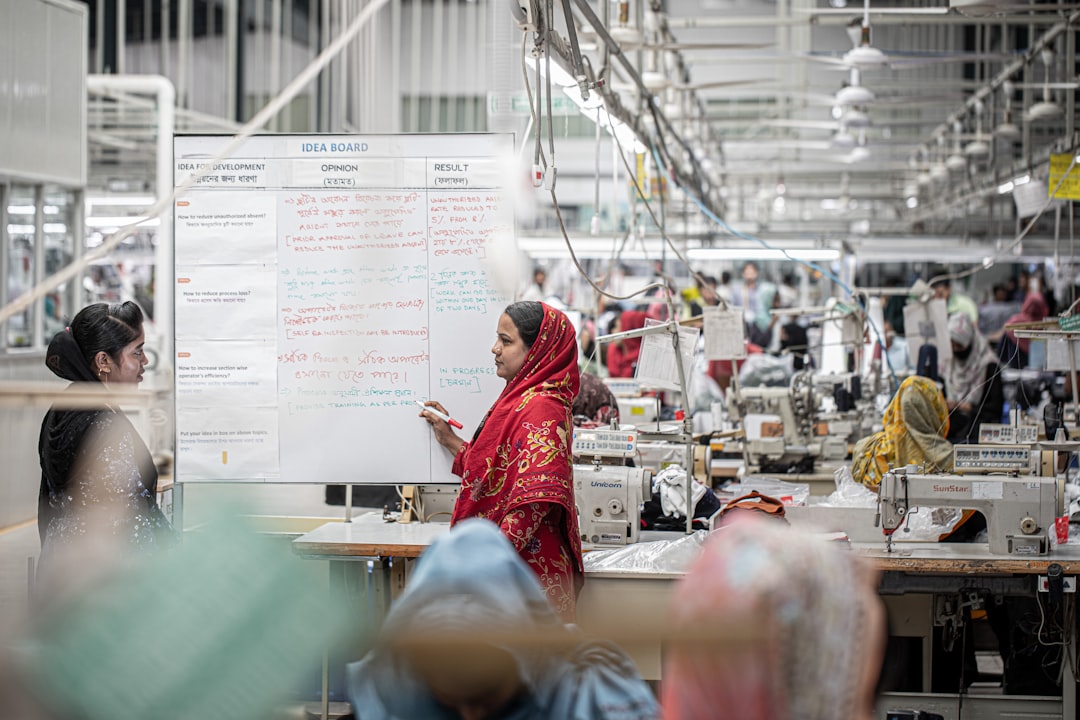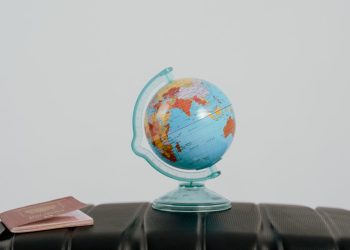No products in the cart.
Bangladesh’s Textile Revolution: Innovations at Intertextile Shanghai 2025
Bangladesh's delegates are showcasing groundbreaking textile innovations at Intertextile Shanghai 2025, paving the way for a sustainable future in fashion.
Dhaka, Bangladesh — At the Intertextile Shanghai Autumn Edition 2025, a vibrant tapestry of innovation is being woven. Here, Bangladesh’s textile delegates are not just participants; they are pioneers. They are unlocking the doors to next-generation textile innovations that promise to redefine the landscape of fashion and sustainability.
With a population of over 170 million, Bangladesh is the second-largest garment exporter in the world, trailing only China. The country has long been synonymous with fast fashion, but the winds of change are blowing. As global consumers increasingly demand transparency and sustainability, Bangladesh is stepping up, transforming its textile industry into a beacon of innovation.

At the heart of this transformation is a commitment to sustainable practices. The delegates at Intertextile are showcasing advancements in eco-friendly materials, energy-efficient manufacturing processes, and innovations that reduce waste. The spotlight is on biodegradable textiles, digital printing techniques, and water-saving technologies — all aimed at minimizing the environmental footprint of clothing production.
 Artificial Intelligence
Artificial IntelligencePhishing Simulator Market Set for Growth: Opportunities from 2025 to 2032
The phishing simulator market is poised for significant growth, presenting new business opportunities from 2025 to 2032.
One standout innovation comes from a collaboration between local textile manufacturers and global technology firms. They have developed a new fabric that uses less water in its production and is fully biodegradable. This fabric, made from a blend of organic cotton and recycled polyester, has the potential to revolutionize how garments are produced and disposed of. “We are not just making clothes; we are creating a sustainable future,” says Amina Rahman, a textile engineer leading one of the showcased projects.
“We are not just making clothes; we are creating a sustainable future,” says Amina Rahman, a textile engineer leading one of the showcased projects.
But the journey to sustainability is not without its challenges. While many Bangladeshi companies are eager to adopt these innovations, there are barriers to entry. The high costs of research and development, coupled with a lack of access to advanced technology, can hinder progress. Additionally, the global market’s demand for cheap labor often puts pressure on manufacturers to prioritize cost over sustainability.
Yet, the mood at Intertextile is optimistic. Delegates are engaging in discussions that stretch beyond borders, seeking partnerships that can facilitate knowledge sharing and investment. This collaborative spirit is essential as Bangladesh aims to position itself as a leader in sustainable textiles on the global stage.
Furthermore, the government is also playing a pivotal role in this transformation. Recent policies aimed at promoting green technology and sustainable practices within the textile sector are encouraging manufacturers to innovate. Subsidies for eco-friendly materials and tax breaks for companies investing in sustainable technologies are just a few examples of how policy can drive change.
 Business
BusinessMastering Cross-Cultural Communication: Key Strategies
Master cross-cultural communication with five essential strategies that enhance global collaboration and effectiveness.
Read More →As the delegates showcase their innovations, it’s clear that the future of textiles is not just about producing clothing; it is about rethinking the entire supply chain. From the sourcing of raw materials to the final product, every step is being scrutinized and improved upon. This holistic approach is essential for a sector that has been criticized for its environmental impact.
The Intertextile Shanghai 2025 event is more than just a trade fair; it’s a clarion call for the industry. As global consumers become increasingly aware of the implications of their purchasing decisions, brands that fail to adapt may find themselves left behind. The message is loud and clear: sustainability is not a trend; it is a necessity.
As the delegates showcase their innovations, it’s clear that the future of textiles is not just about producing clothing; it is about rethinking the entire supply chain.
As these discussions unfold in Shanghai, the implications for young professionals and entrepreneurs in the textile and fashion industry are profound. The demand for expertise in sustainable practices is surging. Those equipped with the knowledge of eco-friendly materials, ethical manufacturing processes, and digital innovation will be at the forefront of this evolving landscape.
 Innovation
InnovationInnovations in Mobility: The Path Ahead
Discover how electric aviation and urban micro-mobility innovations are transforming transportation and what it means for the future of work…
Read More →Looking ahead, the textile industry is on the brink of a significant transformation. The innovations emerging from Bangladesh and showcased at Intertextile Shanghai are not just local solutions; they hold global implications. As the world grapples with the realities of climate change and resource depletion, the need for sustainable practices in fashion will only grow stronger. The question is: will the industry rise to the occasion?











